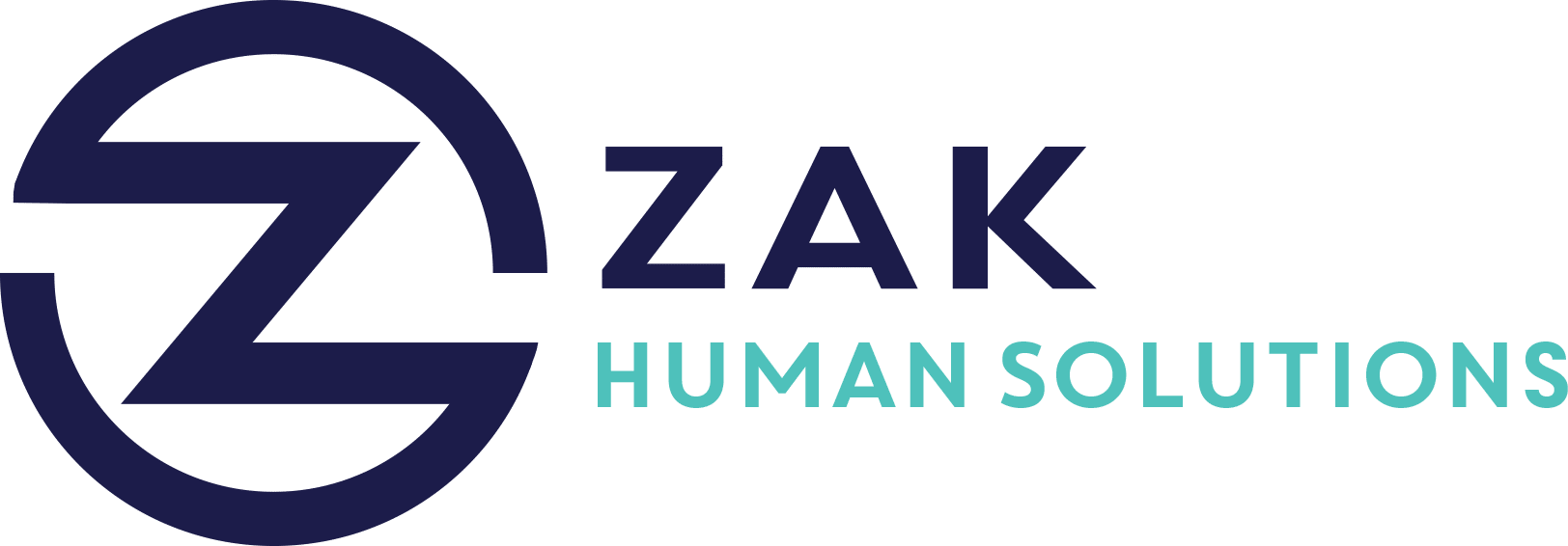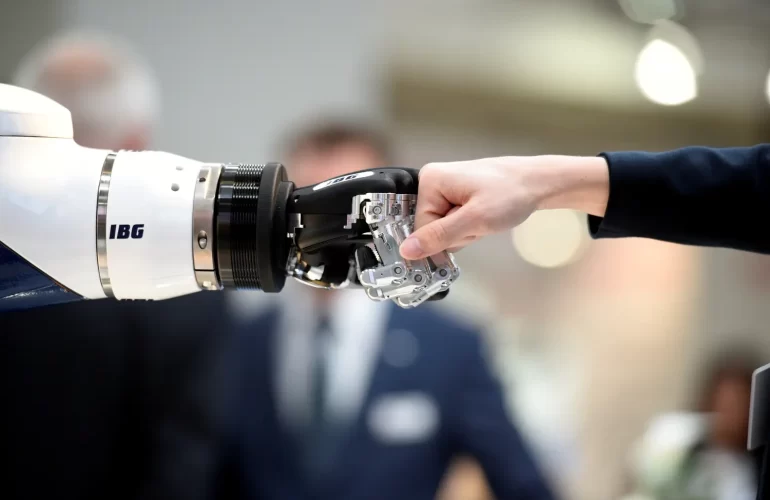Key Takeaways
- Economic Uncertainty: In 2025, the focus has shifted from quitting employees to retaining them due to economic uncertainties, yet retention remains crucial for business success.
- The “Great Stay”: Workers stay in jobs not out of satisfaction but economic necessity, which might change as the job market improves.
- Millennials vs. Gen Z: Millennials are more likely to quit jobs compared to Gen Z, who show the least likelihood of leaving.
- Employer Advantage: Low attrition gives employers an upper hand but could backfire if retention isn’t voluntary.
- Small Business Focus: Small businesses benefit greatly from investing in retention strategies, retaining employees post-economic challenges.
- Engagement Importance: Implementing simple retention strategies can significantly improve workplace mood and employee satisfaction.
- Practical Strategies: Suggested strategies include open communication, health benefits, financial education, strong leadership, upskilling programs, and fostering a supportive culture.
As we navigate the complexities of 2025, the focus on employee retention has become more vital than ever. With the global economy teetering on the edge of uncertainty, businesses are prioritizing retaining their workforce, ensuring long-term stability rather than facing the challenges of constant recruitment. This shift in focus from quitting to retention is a strategic move that could determine the success or downfall of businesses across industries.
Understanding the “Great Stay” and Its Implications
The Economic Climate
In today’s economic landscape, many workers are choosing to stay in their current jobs not because they are satisfied but due to economic necessity—a phenomenon now dubbed the “Great Stay.” The volatile job market has left many employees in a state of survival, opting to remain employed in environments they may not find fulfilling rather than risk unemployment in a precarious economy.
A Generational Perspective
Interestingly, the tendency to stay put varies across generations. Millennials are showing a higher likelihood of switching jobs as compared to their Gen Z counterparts. This generation is more inclined to seek opportunities that align with their values and career goals, while Gen Z appears more cautious, valuing job stability perhaps due to their relatively nascent careers and economic apprehensions.
The Employer’s Upper Hand
While low employee attrition offers employers the advantage of setting work standards and regulations with minimal resistance, there’s a significant caveat: retention based solely on economic fear is unsustainable. When competitors offer better conditions, dissatisfied employees are apt to jump ship, leaving companies scrambling for replacements.
The Consequences of Complacency
Relying solely on economic uncertainty to keep employees poses risks. Workers who feel undervalued or overworked may experience burnout, diminishing productivity and workplace morale. It’s essential for employers to proactively cultivate an environment where employees choose to stay and thrive rather than reluctantly remain.
Strategies for Retention
Practical Approaches to Engagement
To foster a committed workforce, businesses need to implement strategic retention initiatives. Some effective strategies include:
- Open Communication: Encouraging frequent dialogues between management and employees can help identify and address concerns before they escalate.
- Health Benefits and Wellness Programs: Providing comprehensive health benefits and wellness initiatives shows employees they are valued beyond their work output, fostering loyalty and engagement.
- Financial Education: Offering financial literacy programs empowers employees to manage their resources better, contributing to their overall satisfaction and security.
- Leadership and Development: Strong leadership is crucial. Employees should feel supported and inspired. Moreover, providing opportunities for upskilling and continuous learning can enhance job satisfaction and retention.
- Inclusive Work Culture: A welcoming and cohesive work environment fosters a sense of belonging, motivating employees to remain with a company long-term.
The Small Business Perspective
For small businesses, the stakes are even higher. Retaining top talent is crucial as these enterprises often struggle to compete with larger companies offering more attractive packages. By investing in their people, small businesses can build a committed workforce ready to navigate future economic tides.
While economic uncertainty presents significant challenges, it also offers opportunities for businesses to rethink and reinforce their employee retention strategies. By fostering an environment that values and supports its workforce, companies can navigate these uncertain times with resilience and emerge victorious when stability returns. Leaders who prioritize their people will not only survive these challenges but thrive in a post-uncertainty era.




